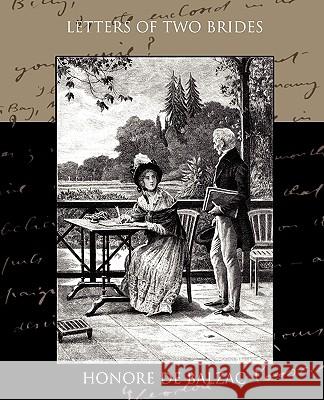Letters of Two Brides » książka
Letters of Two Brides
ISBN-13: 9781438523477 / Angielski / Miękka / 2009 / 240 str.
Honora de Balzac is considered the founder of social realism. Balzac was the first writer to write about the all social levels of the social scene in France. His vast collection of works encompasses the Restoration period and the July Monarchy. La Comedie Humaine was written between 1799 and 1850. This collection contains 95 novels, stories, and essays. Memoires de deux jeunes mariees (Letters of Two Brides) is an epistolary novel. In 1842 it was published as the first work in the second volume of Scenes de la vie privee, tome II or Scenes from Private Life, Volume 2 of Balzac's La Comedie humaine. Two young French women, Louise de Chaulieu and Renee de Maucombe become close friends during their novitiate at the Carmelite convent. When they leave the convent, their lives follow two very different paths. Louise chooses romance, while Renee takes a more pragmatic approach to her life. Their friendship stays alive in their letters, which continue for a dozen years from 1823 through 1835.
Honora de Balzac is considered the founder of social realism. Balzac was the first writer to write about the all social levels of the social scene in France. His vast collection of works encompasses the Restoration period and the July Monarchy. La Comedie Humaine was written between 1799 and 1850. This collection contains 95 novels, stories, and essays. Mémoires de deux jeunes mariées (Letters of Two Brides) is an epistolary novel. In 1842 it was published as the first work in the second volume of Scenes de la vie privée, tome II or Scenes from Private Life, Volume 2 of Balzacs La Comédie humaine. Two young French women, Louise de Chaulieu and Renée de Maucombe become close friends during their novitiate at the Carmelite convent. When they leave the convent, their lives follow two very different paths. Louise chooses romance, while Renée takes a more pragmatic approach to her life. Their friendship stays alive in their letters, which continue for a dozen years from 1823 through 1835.











